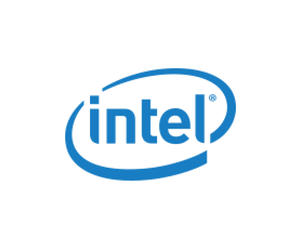Embracing the Esports Evolution
Widespread mobile device adoption and on-demand connections — combined with higher ed spending on emerging network technologies such as Wi-Fi 6 and 5G — have helped esports shift into mainstream school communities. As Harrison notes, colleges and universities “are now running programs that are sanctioned and fully supported. They’re adding services with custom esports fields and asking Intel for help to get started.”
For example, the University of Oregon recently opened an 1,100-square-foot esports room with high-speed connections and customized chairs.
Evolving regulation also points to a new chapter for esports efforts. According to the American Bar Association, the United Kingdom, France and Germany are among the countries examining governance options to streamline and secure esports programs.
Tackling the Right Esports Team Mentality
As esports goes mainstream, teams are gaining popularity — but just like traditional college clubs, they extend far beyond the players on the field. Merchandising matters to drive revenue. Effective branding with school colors matters for recognition, and as Michael Domingo, marketing manager for Intel, notes, “pro esports is now a career. Teams need media support, content creation and shoutcasters to stand out in the industry.”
This is reflected in evolving career paths: Venture Beat points to options in product management, remote team management, marketing and broadcasting. At the University California Irvine, for example, esports goes beyond the arena; the school now offers an esports management specialized studies program through its Division of Continuing Education.
Considering Core Criteria for Esports
Lucrative esports environments make finding and recruiting great talent a worthwhile endeavor for colleges and universities. The caveat? Even the best program won’t survive if nobody’s watching. While it’s one thing to push video feeds live across screens in an arena, esports teams must also stream their content to increasingly popular gaming platforms, including Twitch, Mixer and YouTube gaming.
This requires the right CPU for the job, says Domingo. While GPUs deliver high frames per second to ensure gamers aren’t left behind, the multi-core, multithread nature of 9th and 10th generation Intel processors “can handle different tasks at the same time that are intensive.”
For schools, this means finding a balance between cost, power and performance to ensure streaming and shoutcasting (esports’ version of sports commentary) capabilities can keep pace with team performance. But which Intel CPU — the Core i5, Core i7 or Core i9 — offers the best fit?
“From a performance perspective, Core i7 CPUs are the gaming system,” says Harrison.
They offer plenty of power for up to two teams of five playing simultaneously, plus support for third-party viewing. “But when you get into streaming, playing and broadcasting, Core i9 is your best bet,” he says.
Using Intel’s 10th generation technology, with 8 cores and 16 threads, the Core i9 has enough throughput to handle streaming and broadcasting simultaneously.
In practice, most esports team members are well served with a Core i7 for competition. Broadcast centers and shoutcasting staff, meanwhile, benefit from the power of Core i9 processors.
Brought to you by:










